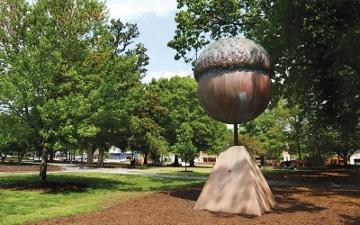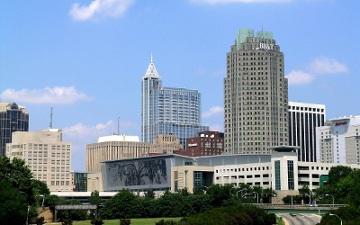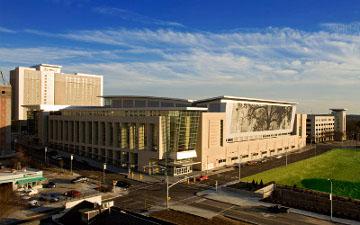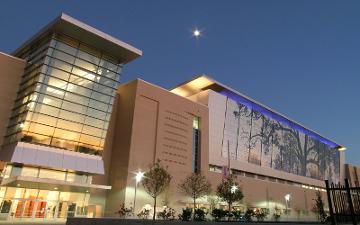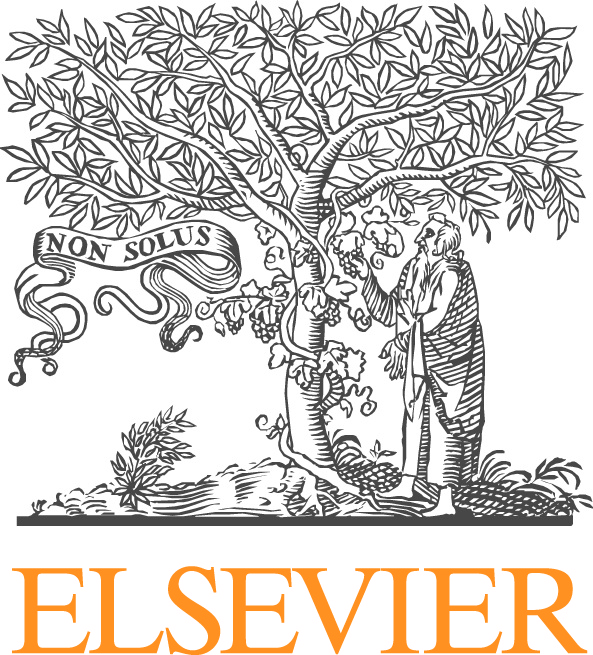
Advances in Nonlinear Unsteady Aerodynamic Flows
Daniella Raveh, Earl Dowell
The theoretical and computational modeling of the nonlinear unsteady flows is one of the great challenges of fluid mechanics. Perhaps the most notable example is the transition from laminar to turbulent flow. The difficulty arises in part because of the wide range of temporal (frequency) and spatial scales in the turbulent flow field. However there are some nonlinear dynamical responses of flow fields that are important in applications and that have recently been the subject of substantial progress in part because the temporal and spatial scales are more narrowly defined than for turbulence per se. These nonlinear unsteady flows are often termed “buffet”. Buffet may occur in any speed range and, for example, it is now established that there is a relationship of buffet to the classical flow field know as the Von Karman vortex street that arises from wake oscillations behind a blunt body. However it is in the transonic flow regime where buffet may occur even for streamlined bodies at modest angles of attack. The transonic aerodynamic phenomenon of shock-buffet, the aeroelastic response of flexible wings to shock-buffet, and the more general phenomenon of buffeting, the dynamic response of wings to wide frequency band of excitation due to flow separation, are central to high speed aircraft design.
These phenomena have been the focus of substantial wind-tunnel testing and computational efforts in the last three decades. Shock-buffet is an aerodynamic transonic phenomenon of shock oscillations, back and forth along the airfoil chord, that occurs for some combination of Mach number and mean angle of attack without any structural motion. Shock-buffet results from interaction of a strong shock wave with the separated boundary layer behind it. The shock-buffet phenomenon is of a typical single frequency, which is close to the low structural frequencies of fighter and transport aircraft. Hence shock-buffet induces structural vibrations, and the resulting fluid-structure interaction is highly nonlinear. Similarly, flow separation resulting from other aerodynamic sources, e.g. flight at high angles of attack, result in wide frequency band pressure fluctuation that may excite the elastic structure. These unsteady aerodynamic phenomena, and the resulting dynamic nonlinear fluid-structure interaction phenomena, are the topics for the proposed mini-symposium. The shock buffet phenomenon has been extensively studied to better understand its fundamental physical mechanism, the parameter boundaries where it occurs, and characteristics such as frequency and magnitude of the flow oscillations. In recent years, advances in computational models and resources have provided researchers the capability to undertake high-fidelity numerical simulations to a gain deeper understanding of these complex nonlinear phenomena. The proposed minisymposium will present an overview of the state of the art in the modeling of shockbuffet and buffeting phenomena leading to structural vibrations, including computational modeling efforts (such as the role of turbulence models), new physical models of the shock-buffet and the fluid-structure interaction mechanism.

